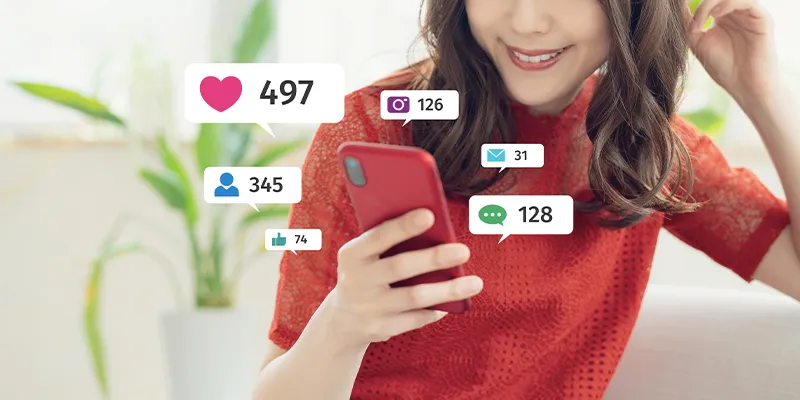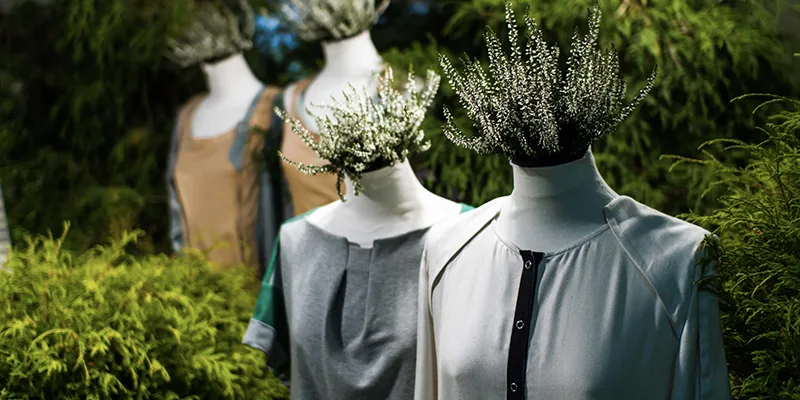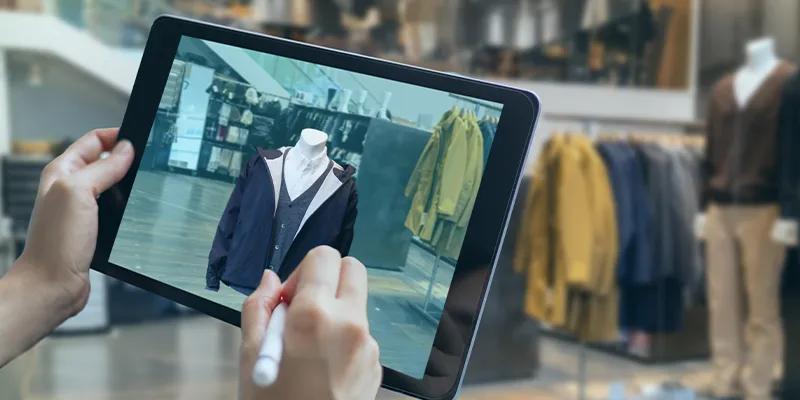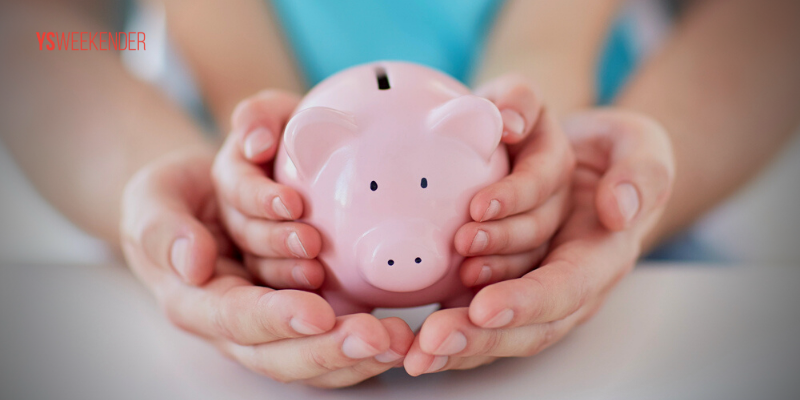Catwalk to change: How the new normal is affecting the luxury fashion industry
As the coronavirus pandemic continues to disrupt industries, luxury fashion is also facing the brunt. Here are some of the changes driving the luxury goods sector.
As the world slowly is coming to terms with the effects of the coronavirus pandemic, the luxury industry has also been reeling under the massive implications. As of March 25, 2020, a study by Bain forecasted that the luxury market globally would contract by 25 percent to 30 percent year over year in the first quarter.
Luxury brand owners sensed the first tremors of disaster when the virus began spreading through major developed and emerging economies. With government-enforced lockdown, economic growth today is arrested in uncertain curves of recovery.
The luxury fashion sector has to face the inconvenient truth of a slowdown. There is a rise in inventory backlogs, production slowdowns, and a spiral dip in demand with the disrupted socio-economic balance.
While much ink has been dried on the impacts of the crisis, in this piece, I try to bring into focus the few drivers changing the course of the luxury-goods sector.

Image source: Shutterstock
Ownership or experience
A crisis of this magnitude whips a heavy emotional toll, leading consumer preferences in newer directions. ‘Silent luxury’ lies in exceptional service with an emphasis on classic root elements, like traditional craftsmanship and authentic heritage, and less in glitters and ‘bling’.
Customer demand seeks creativity and craftsmanship with a unique blend of modernity and tradition.
A major trend in millennials is that they opted more for experiences and “social/Instagrammable moments” instead of spending on buying luxury items. A similar trend is now observed in the older generations as well, who, having already accumulated luxury products over the years, are being swept by the idea of a shared economy.
It is expected that while the positive momentum for experiential luxury will persist, it can slow down a bit in the short term as consumers may temporarily revert to buying luxury goods over experiences.

Millennials have opted for more social/Instagrammable moments | Image source: Shuttertock
Just new or sustainable
The socio-cultural shock of COVID-19 may lead to a change in the consumers’ mindset and the value systems that underpin their luxury buying decisions. This industry works under the current take-make-waste extractive model with the breakneck pressure of perennially searching for ‘what’s new’ but with consumers looking for a hard reset to this futile search.
Taking in the longer-term implications of wasted resources, there is a rise in questions of ‘how it’s made’ and a positive shift towards more eco-friendly sustainable fashion.
This silver lining deviation is going to intensify with the desire for more-responsible consumption — reinforcing the need for clear, detailed information about underlying people, processes, and products.

The socio-cultural shock of COVID-19 has lead to a positive shift towards more eco-friendly sustainable fashion | Image source: Shutterstock
Digitalise or perish
With severe restrictions on consumer movements both locally and outside, luxury brands are looking to break down internal silos to streamline their response by unlocking the full potential of omnichannel retailing and mastering digital marketing.
Today, the focus is on minimalism and moving forward with walking-on-eggshells approach to liberate the repressed desire for heightened human connection enforced by the unprecedented lockdown.

The fashion industry is leveraging AI and AR/VR to create more persoanlised shopping experiences | Image source: Shutterstock
Leveraging cutting edge AI and AR/VR to create more personalised experiences, connect with end-users emotionally through chat and online interaction options to keep the consumer-brand connection alive and relevant, and providing retail features like shop-at-home services will provide the necessary ease to consumer anxiety and enable unquestionable trust.
There is some silver lining. Uncertainty still looms, but the rise of new cases of coronavirus is slow in this part of the globe. With that, it is expected that there will be higher consumer intent to spend.
Edited by Saheli Sen Gupta








